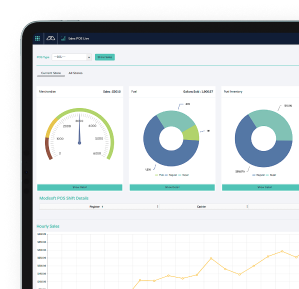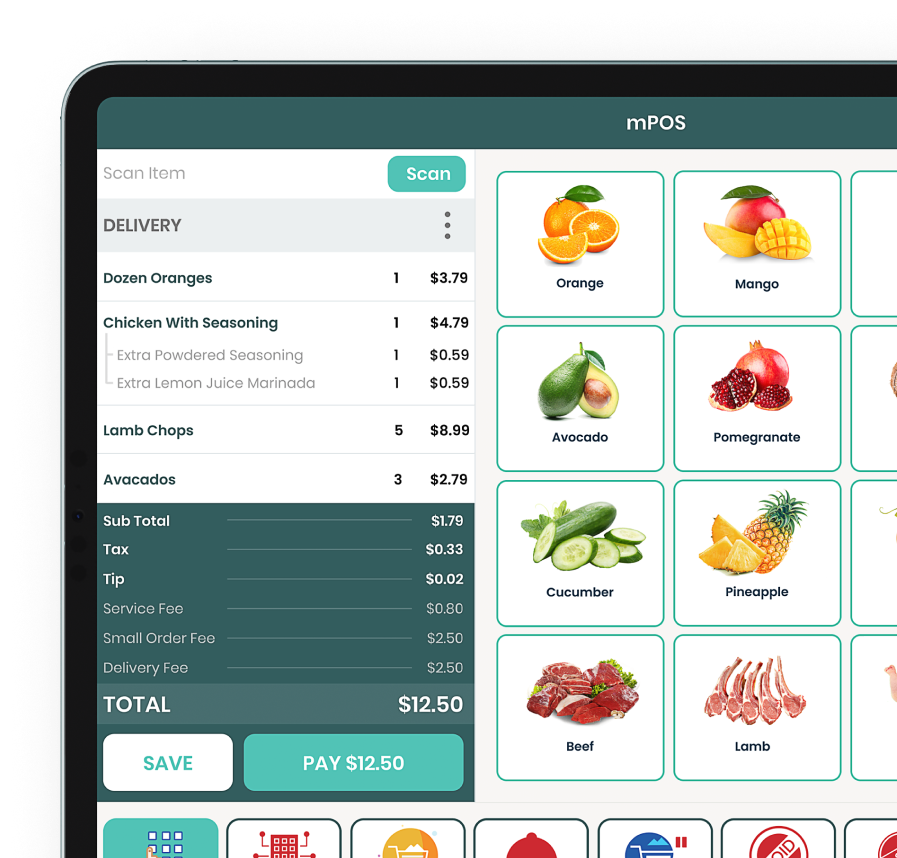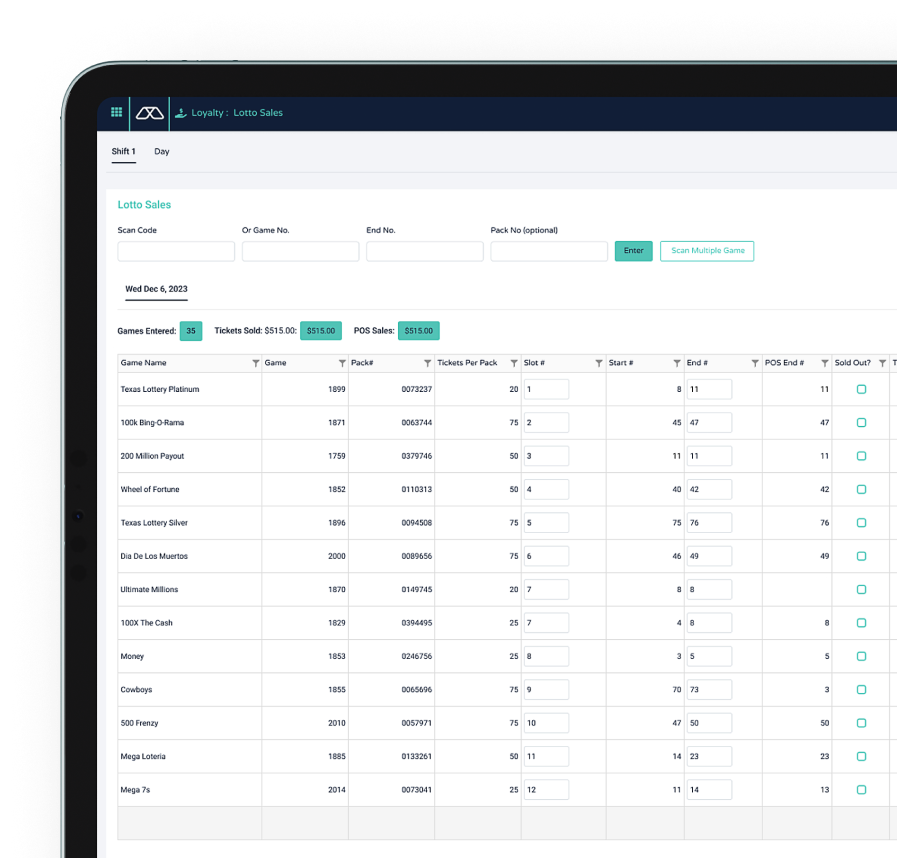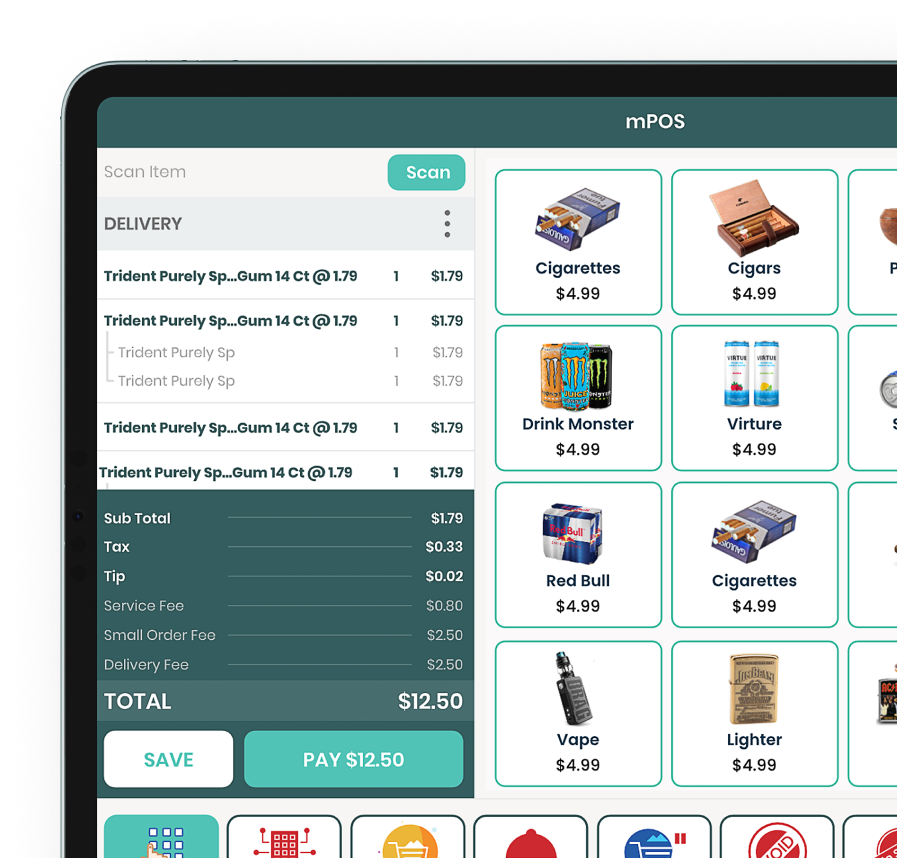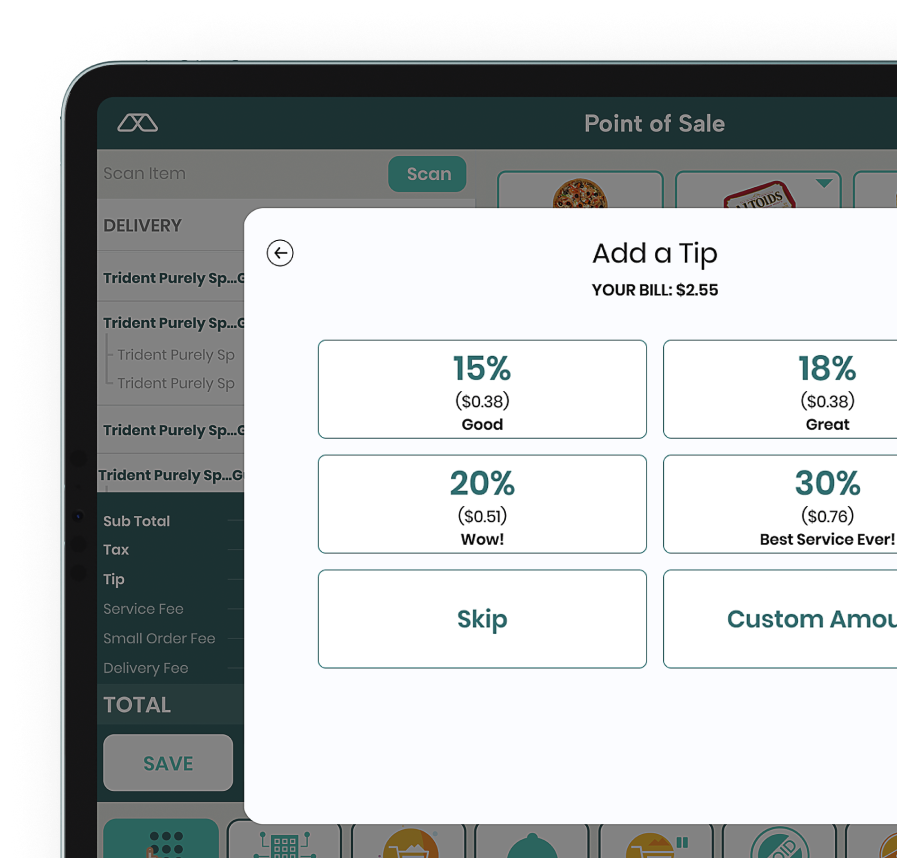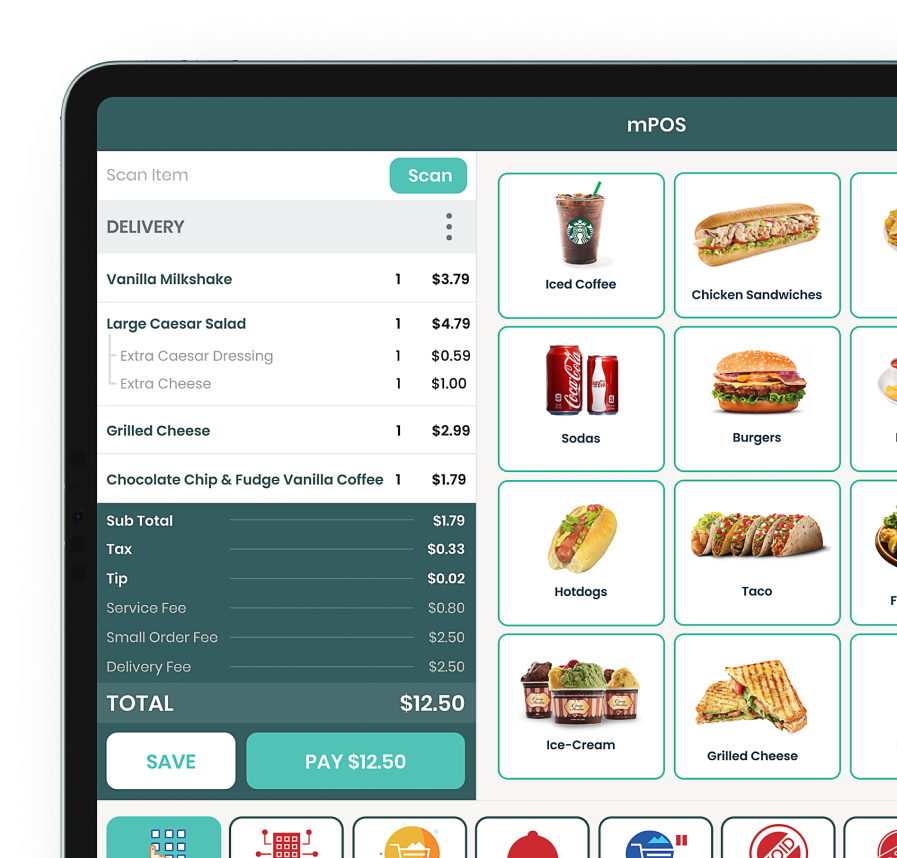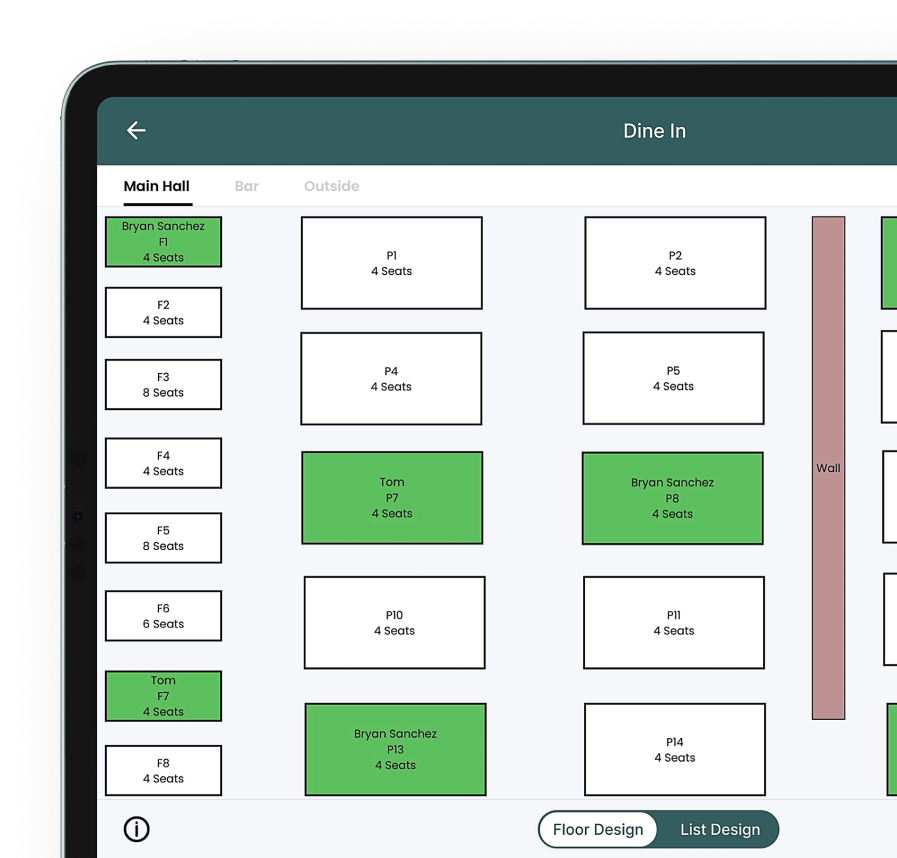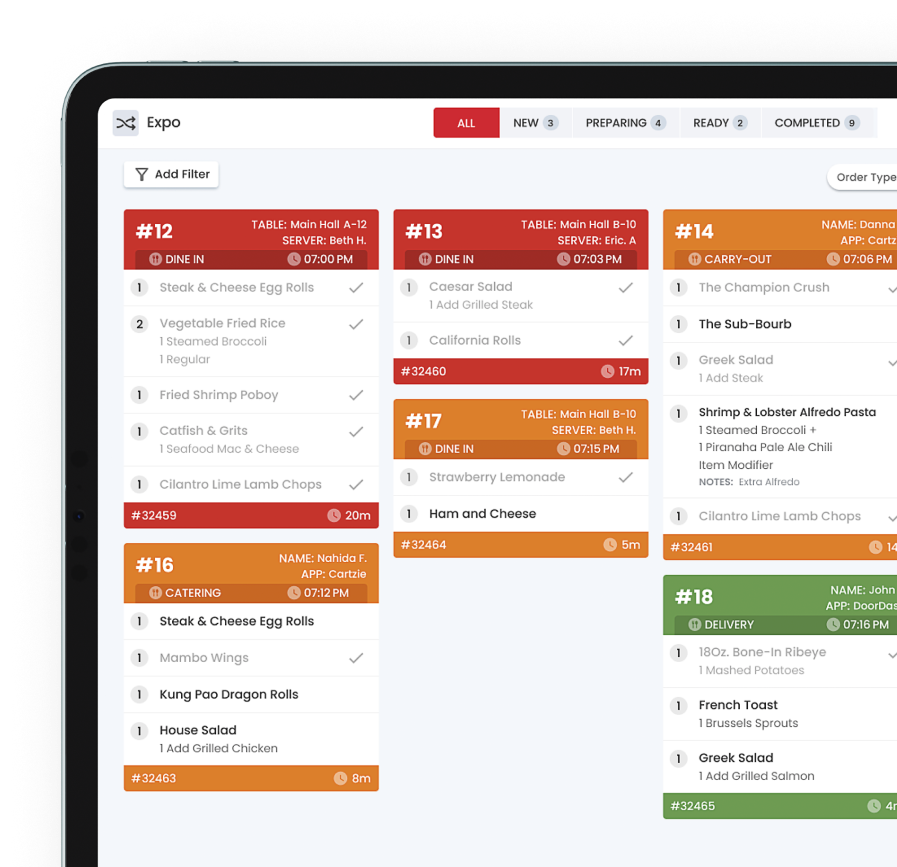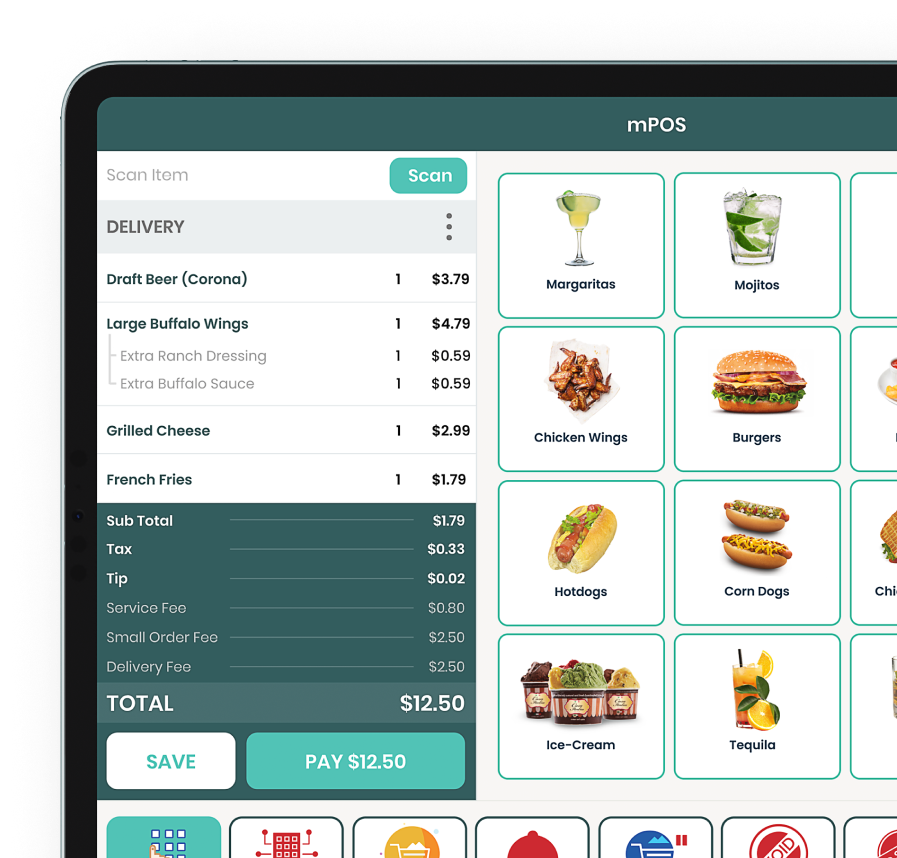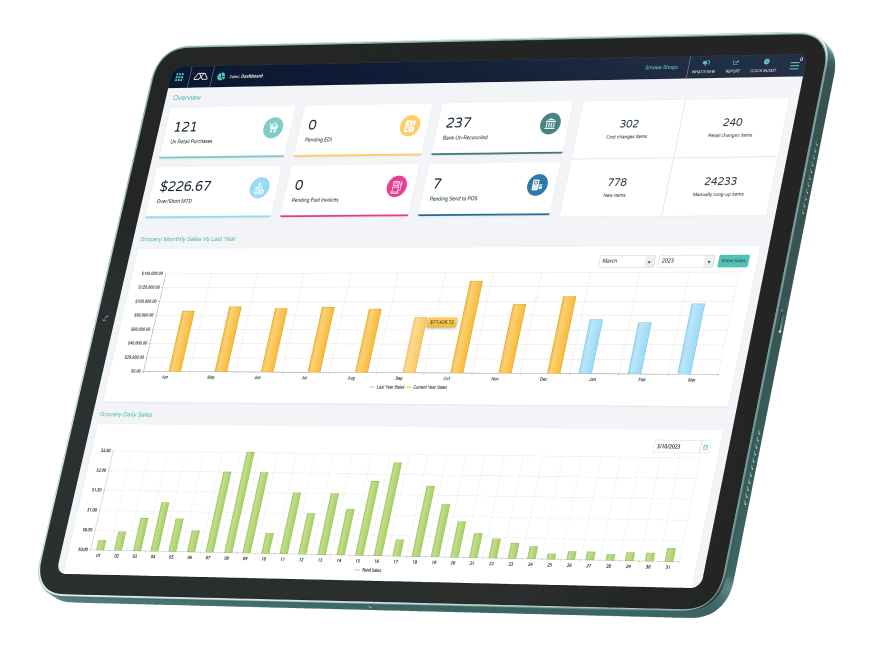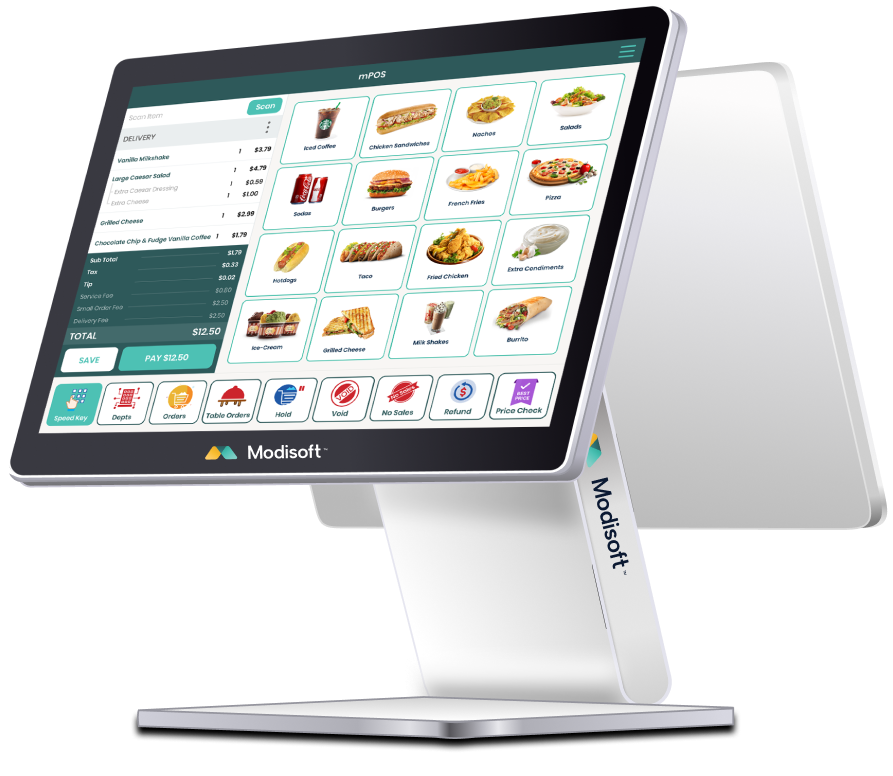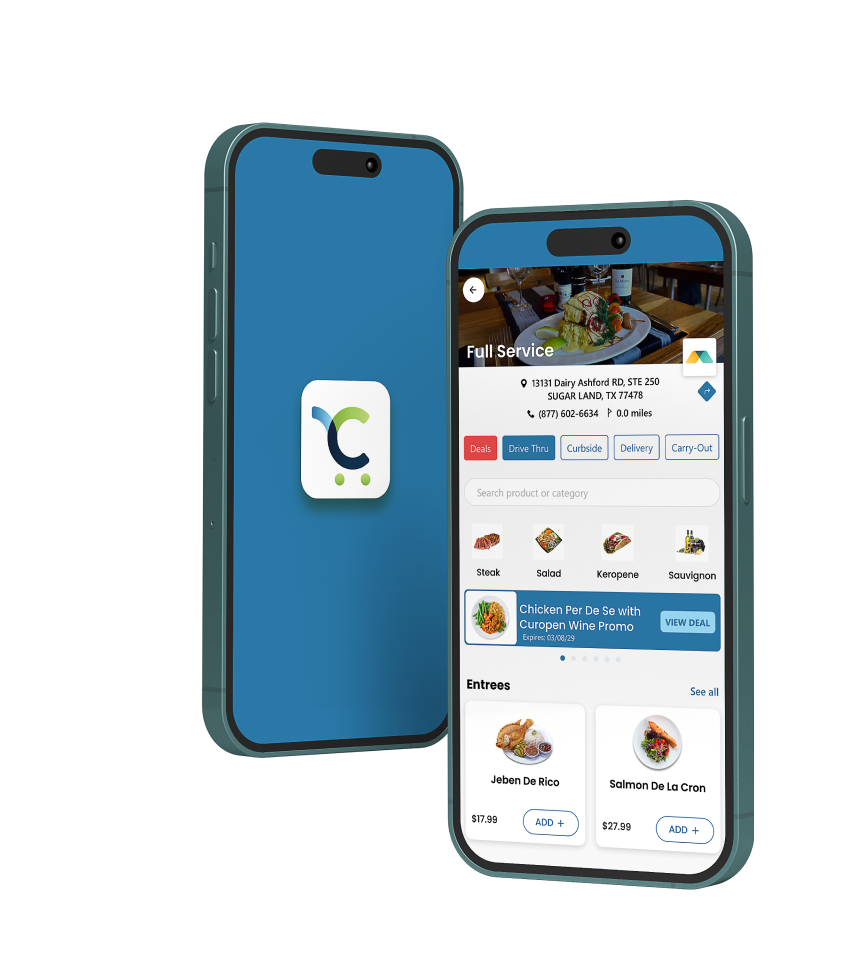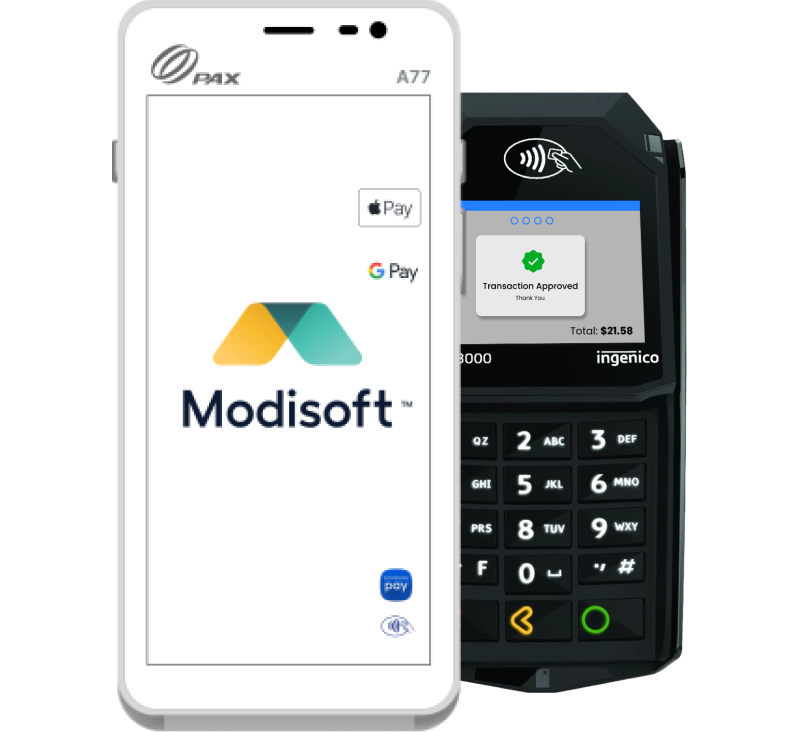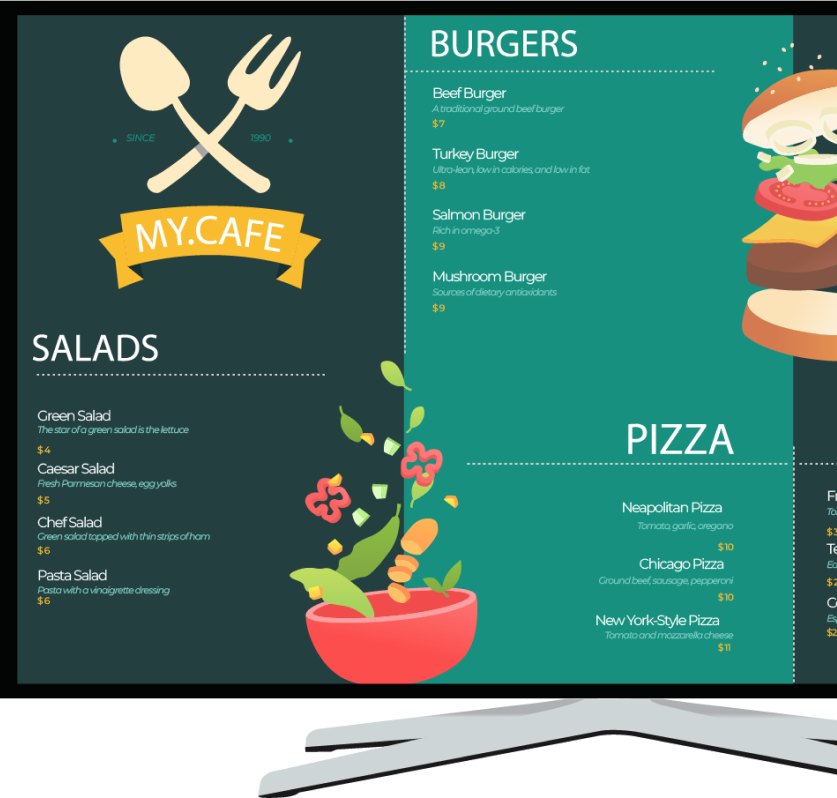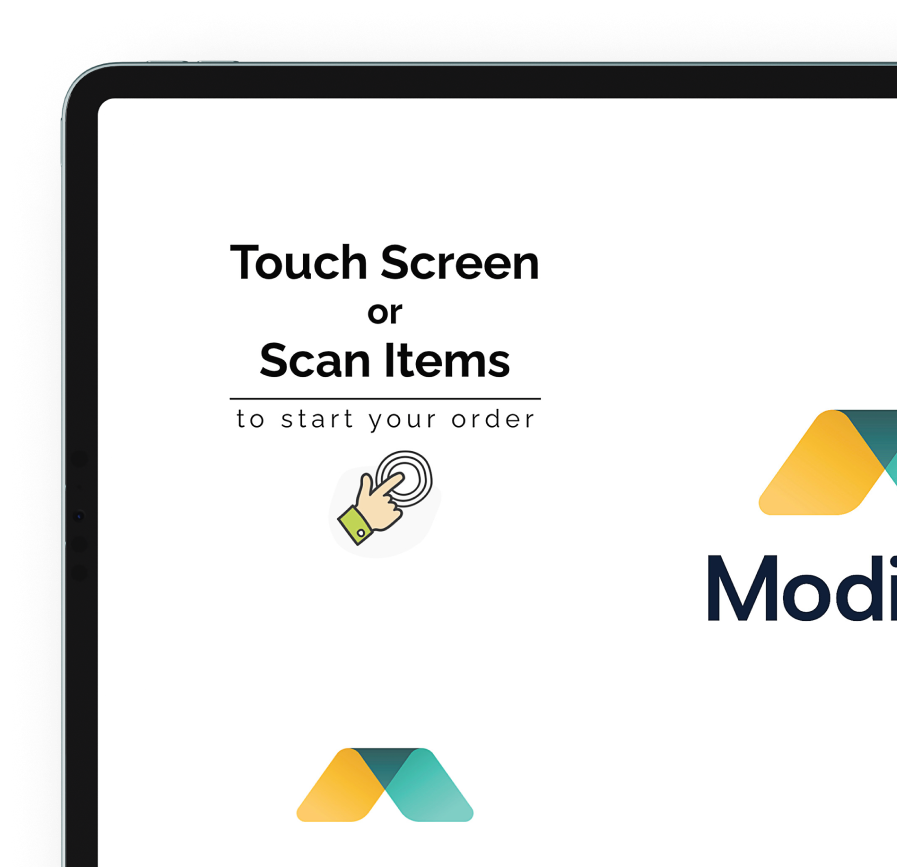
Exploring the Advantages of Cloud-Based POS Systems
Point-of-sale (POS) systems have changed how businesses handle transactions and manage operations. Cloud-based POS systems are a powerful solution for businesses of all sizes. This blog post will discuss the benefits of cloud-based POS systems, including real-time data insights, remote management capabilities, and scalability. Real-time Data Insights Portable payments are an easy and convenient alternative to digging through your wallet for your card or cash. You can quickly make purchases while grocery shopping, eating out, or browsing the internet with a few taps on your mobile device. Additionally, since many assets can be used without requiring trade, using mobile payments while traveling is made simpler. Electronic wallets and smart payment software interact seamlessly, enabling customers to handle many payment methods in a single location. Online wallets streamline payment procedures by combining gift cards, loyalty programs, and credit card information on a single website. Users can effortlessly switch between various accounts and enhance budgeting with access to a choice of payment alternatives through a single mobile app. Remote Management Cloud-based POS systems provide businesses with remote management capabilities. Owners and managers can access sales data, generate reports, and modify pricing and inventory without being physically present. It makes it easier for owners and managers to run their businesses from anywhere. For mobile operations or multi-store functions, this functionality is especially helpful. True-time updates can be synced across all locations with a swarm-based POS tool, encouraging consistency and making coordination simple. Even tasks like employee scheduling, item changes, and promotions are simplified by remote management, increasing operational performance. Scalability Cloud-based POS systems have fundamentally altered how organizations manage growth and seasonal fluctuations. While keeping up with rising demand, conventional POS systems often need updates that require new hardware or software, which may be costly and time-consuming. On the other hand, cloud-based POS systems offer adaptable solutions that you can easily change to fit shifting business needs. Cloud-based solutions can handle the increased workload, regardless of whether you are growing your product line, adding new locations, or dealing with a sudden rise in consumer customers. They can assist more users, support additional registers, and manage bigger transaction volumes with no major changes. Swarm-based POS systems might be very advantageous for companies looking to streamline operations and improve customer experiences. These systems provide real-time data insights, remote control capabilities, flexibility, and improved security, enabling firms to make wise decisions, improve their resources, and adjust to shifting market situations. Cloud-based POS systems are more effective and crucial for businesses across a variety of sectors as technology develops. By embracing this change, organizations are better positioned to succeed in a dynamic and fast-paced market.









